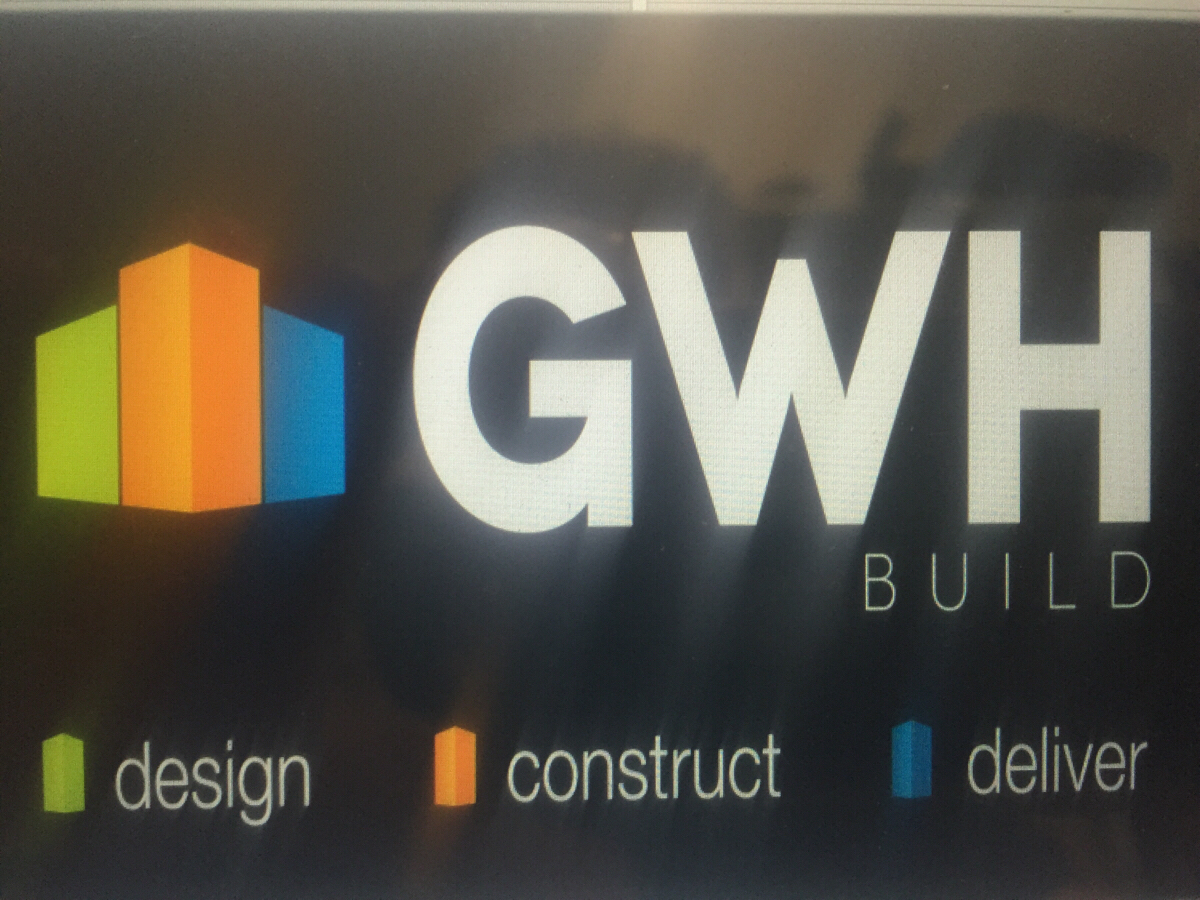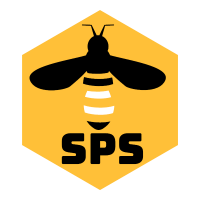Information
-
Hardman Construction, Inc. - Onsite Safety Audit
-
Document No.
-
Client / Site
-
Conducted on
-
Prepared by
-
Location
-
Personnel
JOB INFORMATION
-
OSHA 300 forms complete and posted from February 1 - April 30?<br>
-
OSHA and DOL posters posted?
-
Wage Rate Summary current and onsite in mail box?
-
Wage Rate Summary current and present in job site mail box?
-
Emergency phone numbers posted?
-
Tool box safety talks log up to date?
-
Proper DEQ permit present onsite?
-
MSL's filed and recorded to date?
-
MSDS filed and available onsite to all workers?
HOUSEKEEPING
-
Work areas properly signed and barricaded?
-
Work areas neat and all trash debris cleaned up in proper trash container(s)?
-
Projecting nails or screws bent over or removed?
-
All liquids and chemicals have proper labeling per SDS requirements?
-
Waste containers provided and used?
-
Passageways and walkways clear with all potential hazards marked and identified?
-
Cords and leads off the floor?
FIRE PREVENTION
-
Adequate fire extinguishers, checked and accessible?
-
Monthly fire extinguisher inspections performed and all extinguishers have initialed and dated inspections?
-
Phone no. of Fire Department posted?
-
Fire watch being performed if required?
-
"No Smoking" posted and enforced near flammables?
ELECTRICAL
-
All electrical items requiring an inspection performed and tagged/documented?
-
Proper voltage signage posted onsite where required?
-
Extension cords with bare wires or missing ground prongs taken out of service?
-
Ground fault circuit interrupters being used (GFCI's)?
-
Terminal boxes equipped with required covers?
HAND, POWER & POWDER ACTUATED TOOLS
-
Hand tools inspected regularly?
-
Guards in place on machines?
-
Correct tool being used for job at hand?
-
Operators of powder actuated tools licensed?
-
Is the compressor hose being used with appropriate nozzle or end ?
FALL PROTECTION
-
Safety rails and cables secured properly?
-
Safety harnesses worn properly?
-
Employees exposed to fall hazards tied off?
-
Employees below protected from falling objects?
-
All rigged items 100% secured before hoisting and lifting!
-
Warning lines being properly utilized and installed where required?
LADDERS
-
Ladders extended at least 36" above landing?
-
All ladders in use being inspected on a daily basis?
-
Ladders are secure to prevent slipping, sliding or falling?
-
Ladders with split or missing rungs taken out of service?
-
Stepladders used in fully open position?
-
No step at top two rungs of stepladder?
SCAFFOLDING
-
All scaffolding inspected daily?
-
Erected on sound rigid footing?
-
Tied to structure as required?
-
Guardrails, intermediate rails, toe boards and screens in place?
-
Planking is sound and sturdy?
-
Proper access provided?
-
Employees below protected from falling objects?
Cofferdam & Deck Openings
-
All openings planked over or barricaded?
-
Perimeter protection in place?
-
Sufficient # and proper tie off points present and being utilized?
-
Danger hazards identified and clearly visible?
-
Deck planks secure?
-
Materials stored away from edge?
TRENCHES, EXCAVATION & SHORING
-
Competent person identified and present?
-
Excavations are shored and sloped back? <br>Has PM or Superintendent performed a Penetrometer Test?
-
Piled materials and/or walk ways barricaded accordingly to notify the potential hazard?
-
Materials are stored at least 2' away from trench?
-
Ladders provided every 25' in trench?
-
Equipment is at a safe distance from edge of trench or excavation?
MATERIAL HANDLING
-
Materials properly stored or stacked?
-
Employees using proper lifting techniques?
-
Tag lines used to guide loads?
-
Proper number of workers for each operation?
WELDING AND BURNING
-
Gas cylinders stored upright and secured?
-
Proper separating distances between fuels & oxygen?
-
Goggles or shields used?
-
Fire extinguishers readily available?
-
Hoses in good condition?
LIFTING & MOVING LOADS
-
All shackles, cables, slings, spreaders, and other lifting devices tagged and inspected?
-
Travel path of load is clear and know to all workers involved?
-
Lifting equipment and devices visually inspected and approved before each use?(I.E. Clam Bucket, Dump Bucket, Spreader Beams, Etc)
-
Subcontractors onsite aware and clear of the lifting activity and travel path(s)?
CRANES
-
Outriggers extended and swing radius barricade in place?
-
Utility lines identified and marked onsite in site lines of operator?
-
Operator is familiar with load charts?
-
Hand signal charts on crane?
-
Crane operator logs up to date?
-
Employees kept from under suspended loads?
-
Chains and slings inspected and tagged as required?
-
Crane maintenance being performed and logged?
CONCRETE CONSTRUCTION
-
Employees are protected from cement dust?
-
Exposed skin covered?
-
Proper bracing in place to prevent blow out?
-
Runways are adequate?
-
Third party testing onsite and performing material testing?
PERSONAL PROTECTIVE EQUIPMENT
-
Hard hats being worn?
-
Safety glasses being worn?
-
Respirators used when required? Proper respirator documentation available?
-
Hearing protection being worn when required?
-
Traffic vests or high visibility clothing material being worn?
-
Safety Manager
-
Superintendent
SAFETY COMMUNICATION
-
Daily morning safety discussion performed with all crew members present on the day's scope and potential hazards?
-
JSA's performed weekly and signed off on by all crew members?
-
Hydration comments and discussion when relevant?
-
Lessons learned from previous days or jobs shared and discussed?
-
Stretch and Flex performed with all crew member participation?
-
Speak freely opportunity presented to all crew members to bring up any safety related topics or updates?











